Your shot
Do you have any interesting pictures related to energy? If you do, please share it with us. You can send the pictures to us, along with a caption and date and your contact details. We will review them and publish it giving you due credit.
The last kerosene cart
This is probably the last bullock cart used for kerosene vending Sri Lanka. It was captured in front of the PTF on EDSM office, Cambridge Place, Colombo 07. The kerosene dispatched by the cart is used mainly for domestic purposes, especially for cooking. This was a familiar sight during the interim period between the doom of the town gas network and introduction of bottled liquid petroleum gas (LPG) commonly referred to as gas cylinders to the urban population of Sri Lanka. Use of kerosene as a cooking fuel is steadily declining in the country and almost ceased in the case of lighting, as the whole country is now receiving grid electricity.
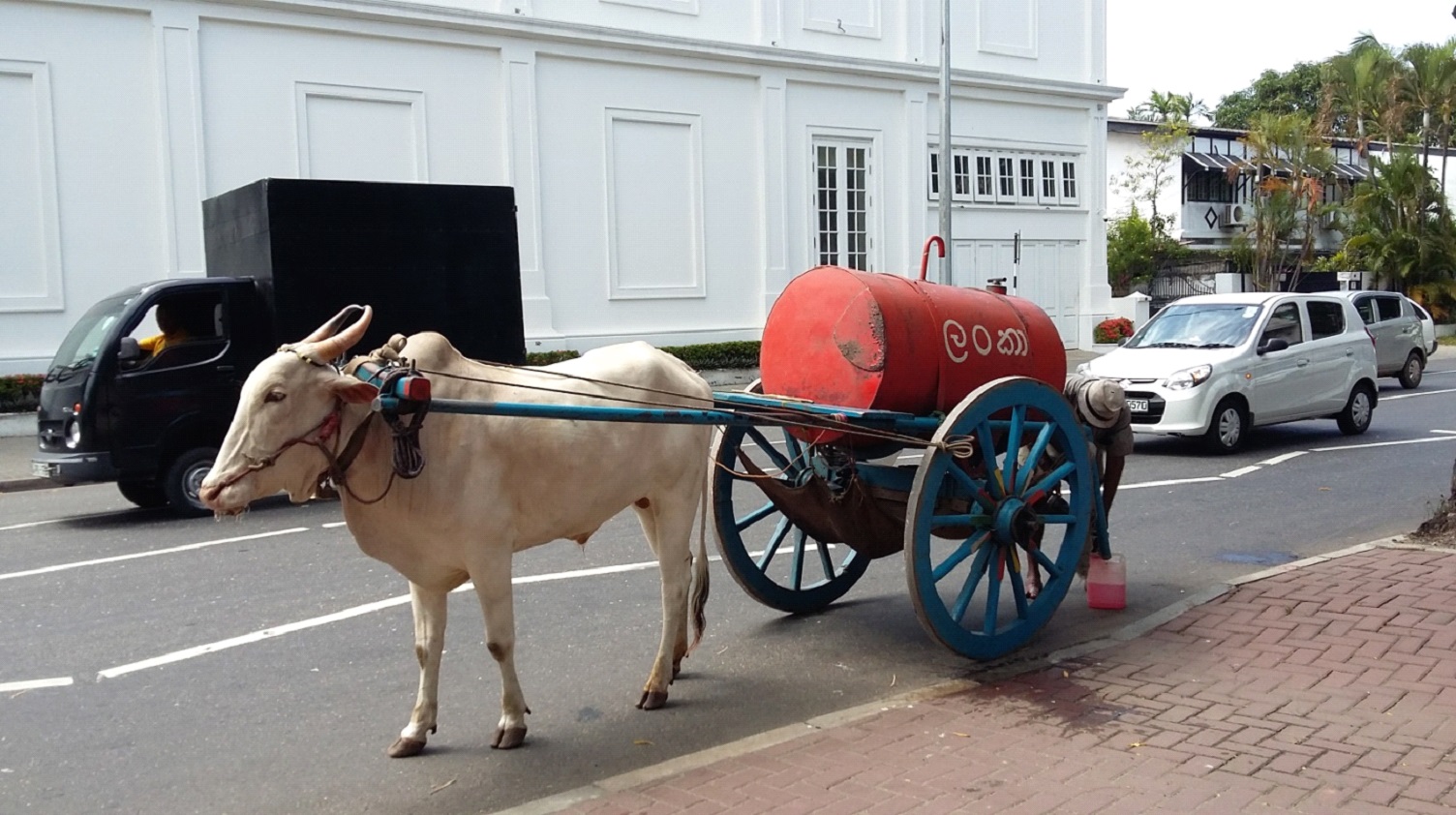 |
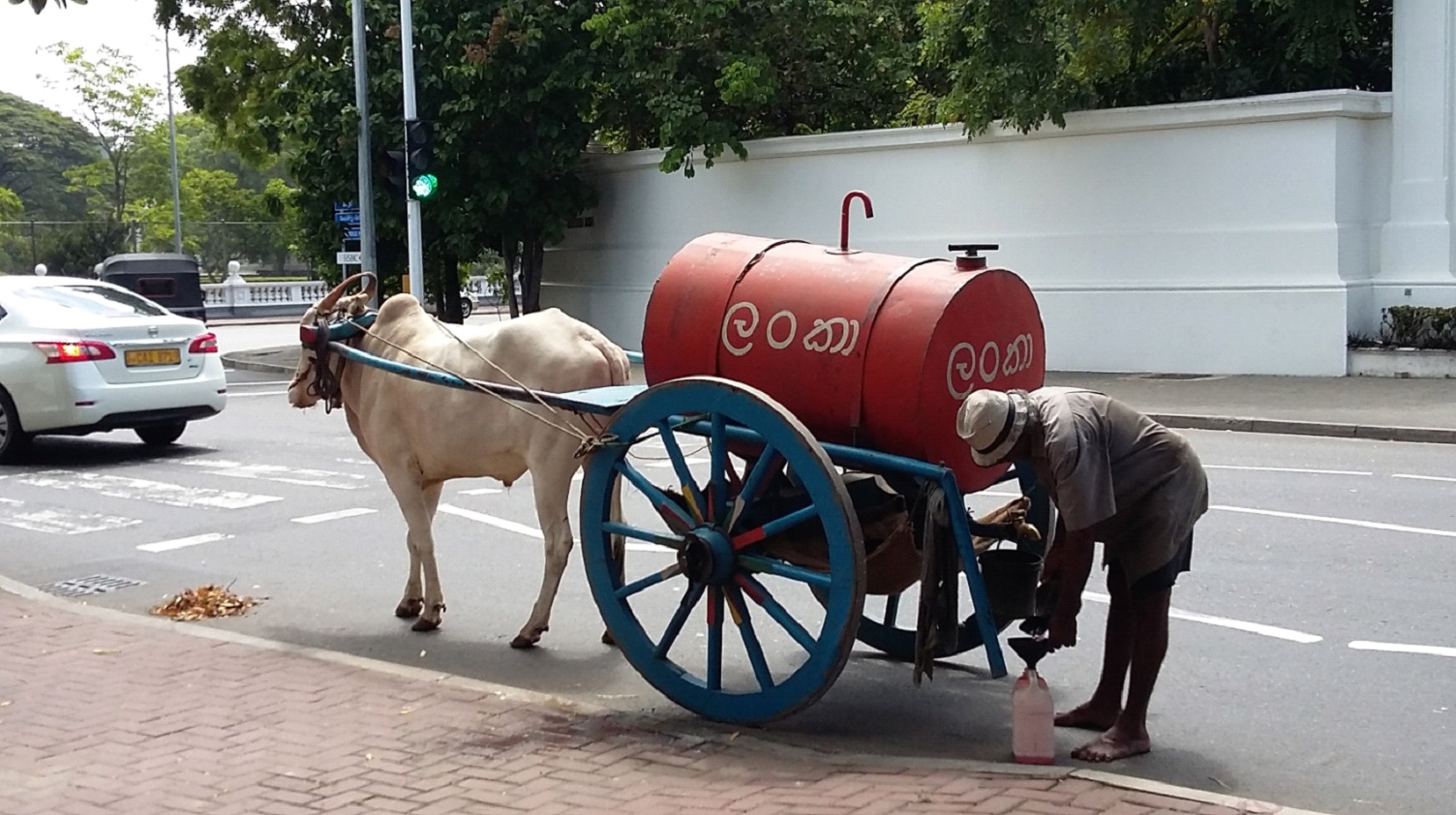 |
Photo credit: DSM Staff, July 2017
Fuelwood
This is a stack of decaying cinnamon fuelwood captured at a village in Hikkaduwa. Fuelwood is an environmentally benign energy resource, however, its usage is being replaced by more convenient forms of energy resources, like LP gas. SEA, in association with UNDP is spearheading a project to link such resources with markets in industrial sector by strengthening their supply chains.
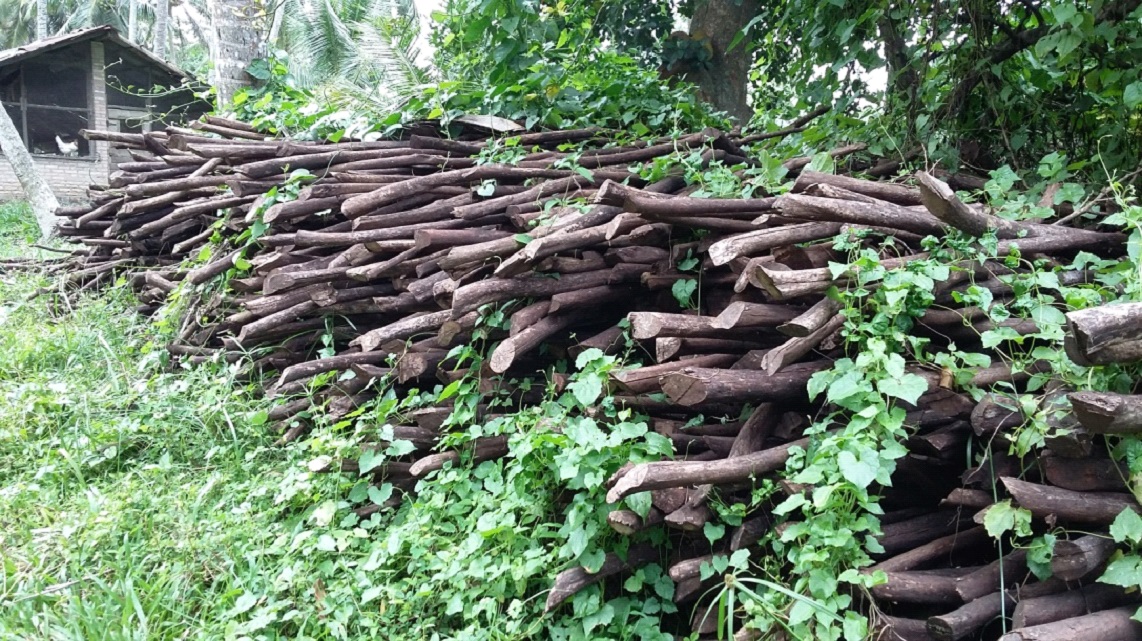
Photo credit: DSM staff, May 2017
Eliminating incandescent lamps
The use of incandescent lamps is being phased out in Sri Lanka. Yet, they appear to be in use in many places. This picture was captured in a public place. Having lights on when you don’t really need it is a bad enough, having incandescent lamps is even worse. The elimination of incandescent lamps will save 420 GWh annually. It is one of the nine thrust areas of the PTF on EDSM. All residential users will have an opportunity to exchange their working incandescent lamps to modern LED lamps under this endeavour.
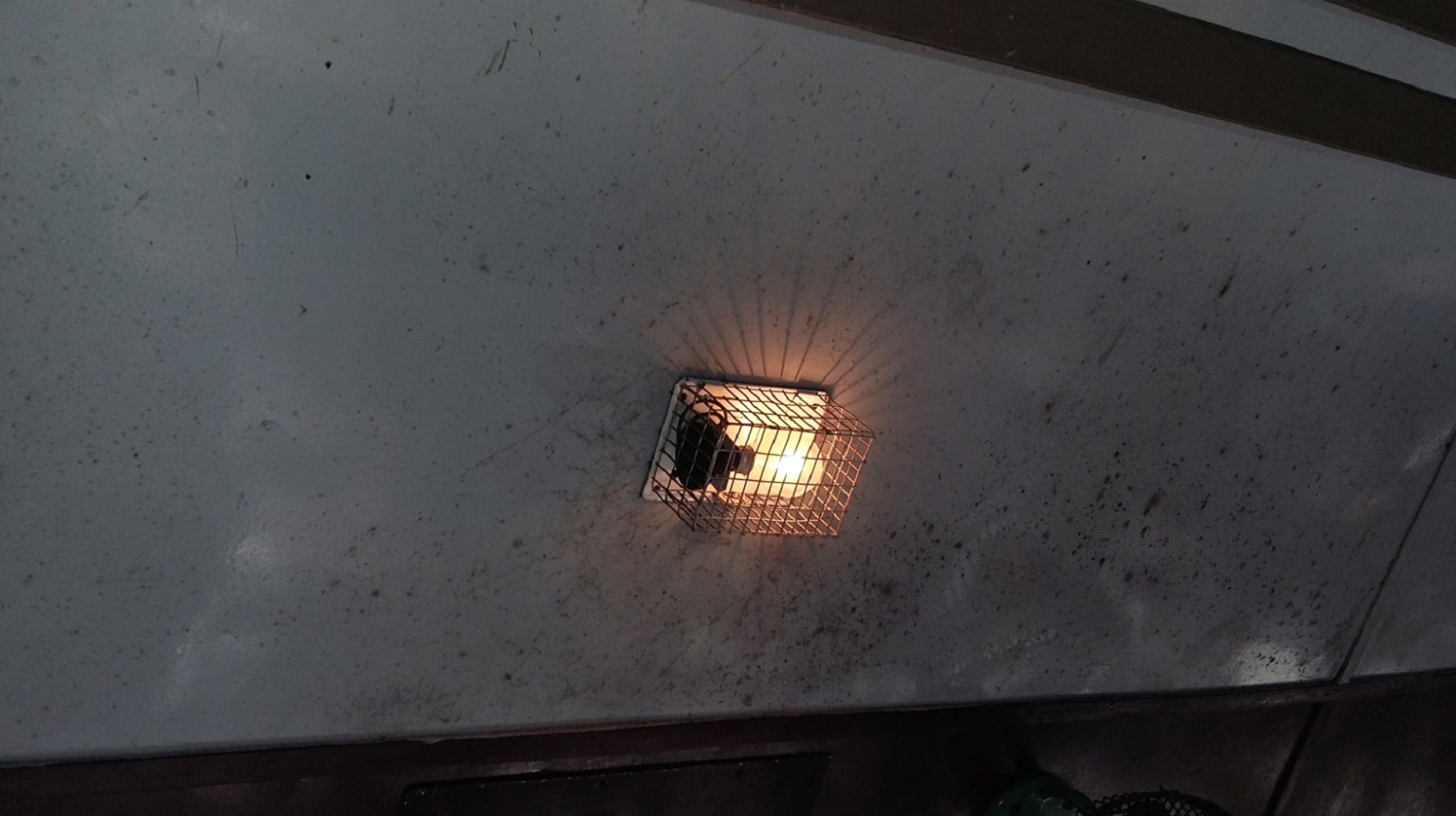
Photo credit: DSM staff, July 2017
Rail transport of fuel
This picture was captured in Ambalangoda. For a country of our magnitude, the rail network available can be seen as impressive. However, with years of neglect and shift of priorities this valuable asset remains severely underutilised. The fuel transported using the rail network remains below 50% giving way to a large fleet of road tankers. This is indeed a waste of national wealth, as it is an inefficient transport mode and is contributing to worsen road congestion.
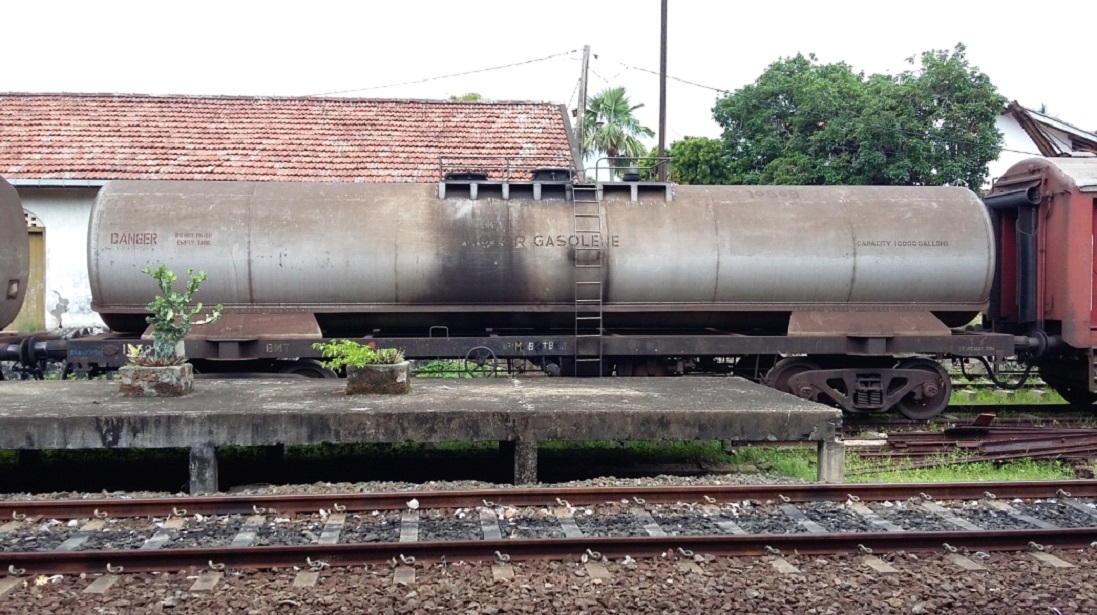 |
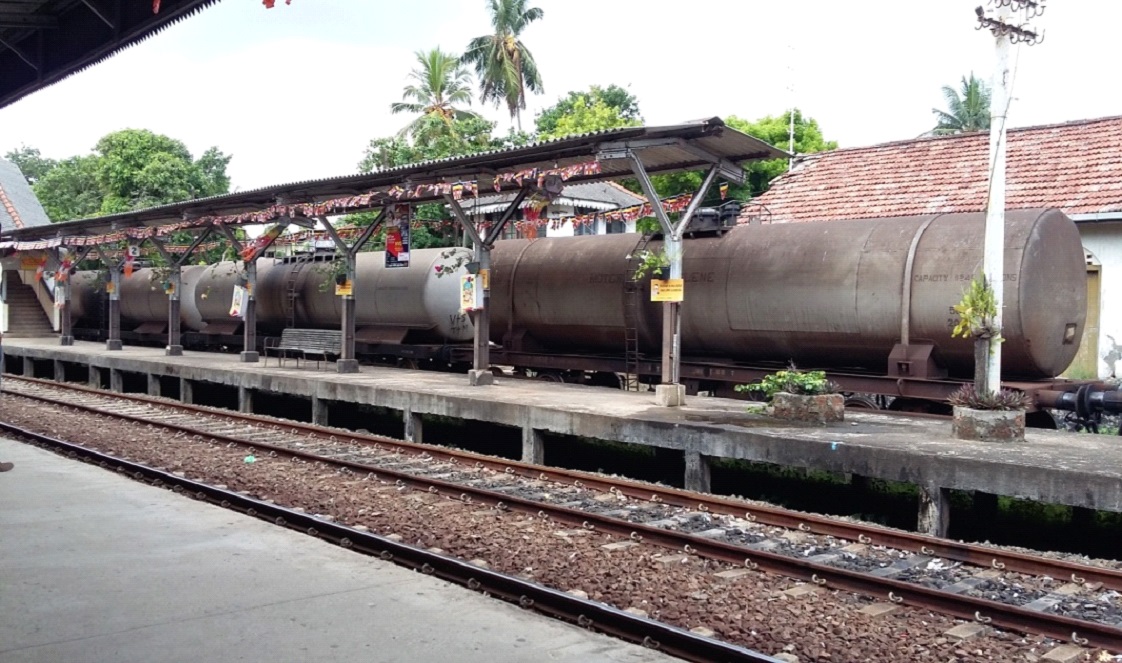 |
Photo credit: DSM Staff, July 2017
The traditional pottery industry
This picture was captured in a village in Kegalle, where the traditional pottery industry still survives amidst many odds. These pots are hand-made and cast into a pit, which they call the kiln. These destitute people solicit the support of the Government to improve their kilns and upgrade the industry.
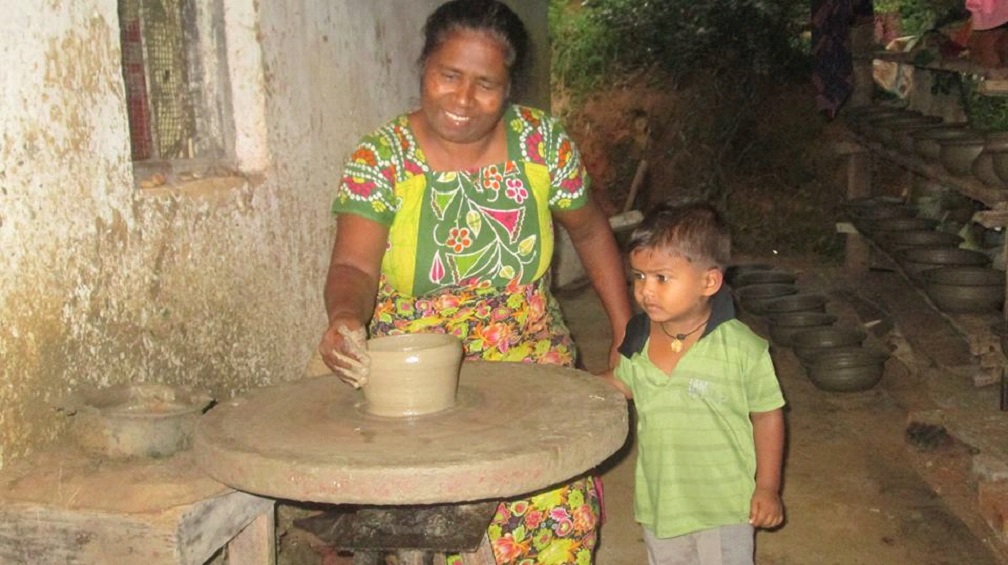 |
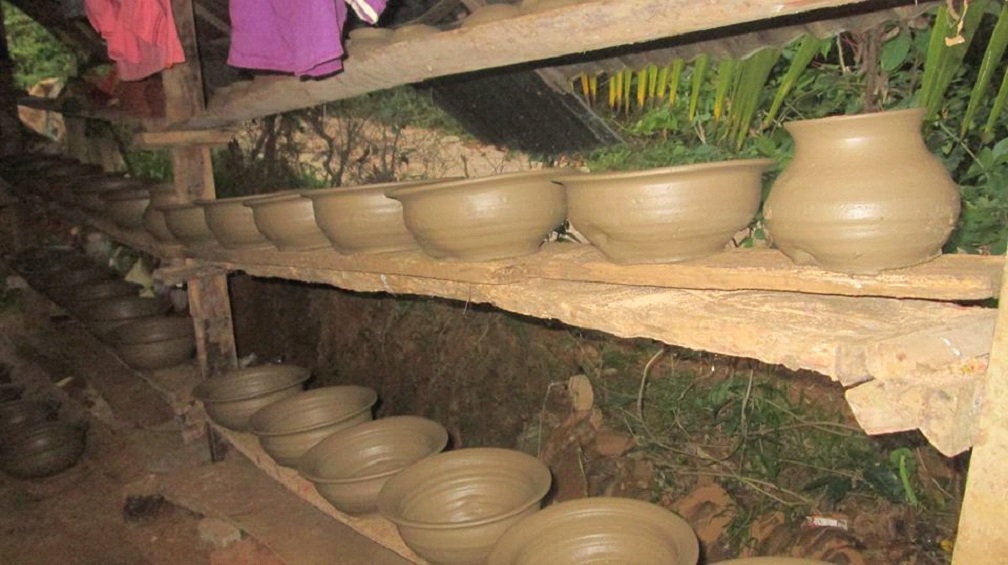 |
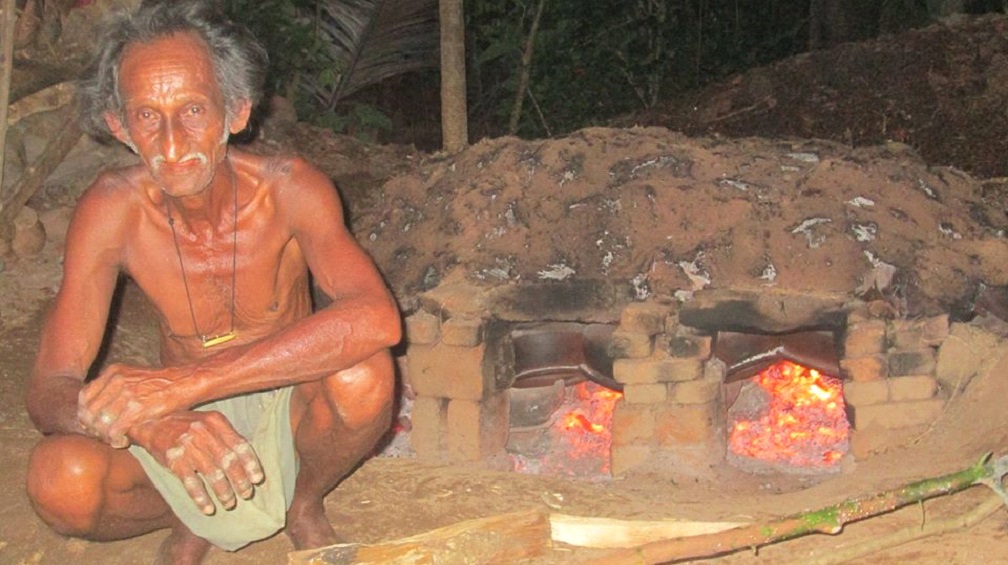 |
Photo credit: DSM staff, September 2015
Saw dust ovens
The process of making Umbalakada (Maldive fish) in Mirissa has been improved vastly, with the introduction of saw dust ovens. It has contributed to reduce waste of raw material, fuel and improved the hygienic standards of this industry.
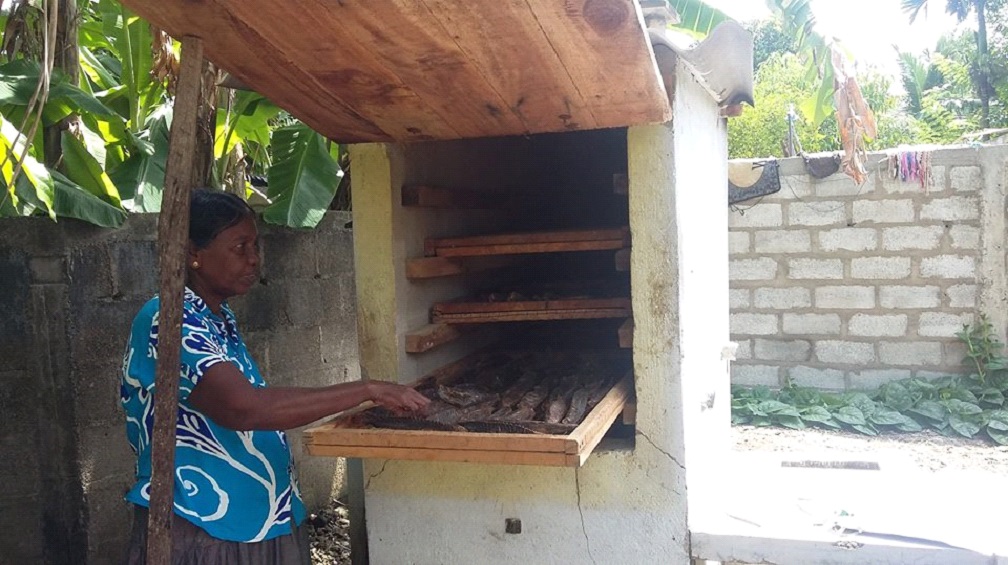
Photo credit: DSM staff, February 2017